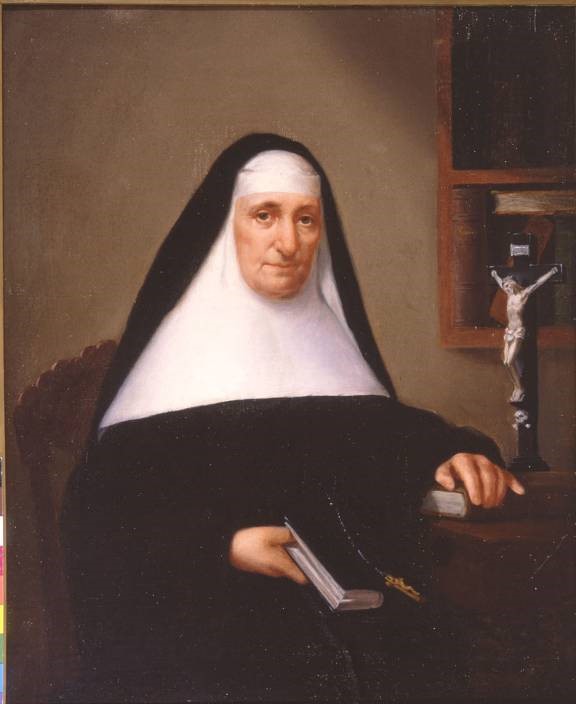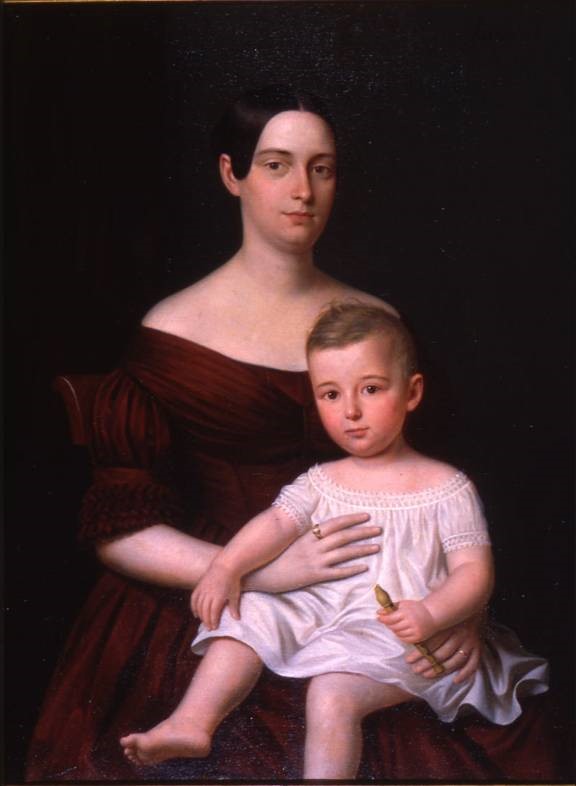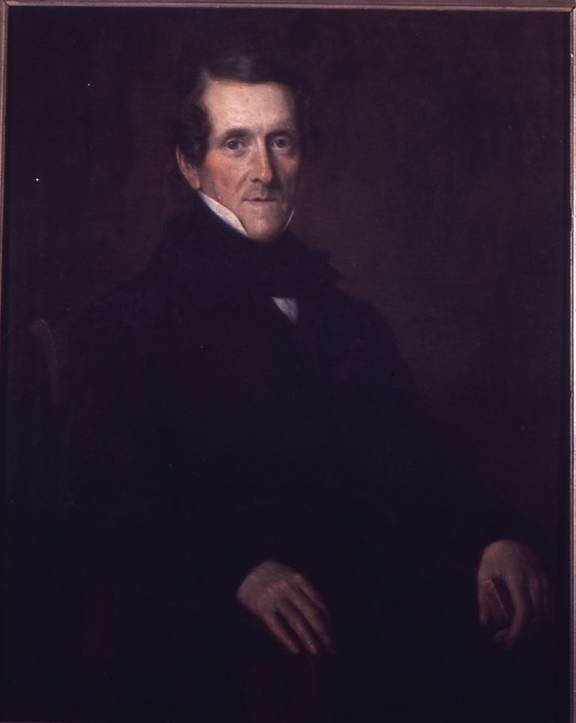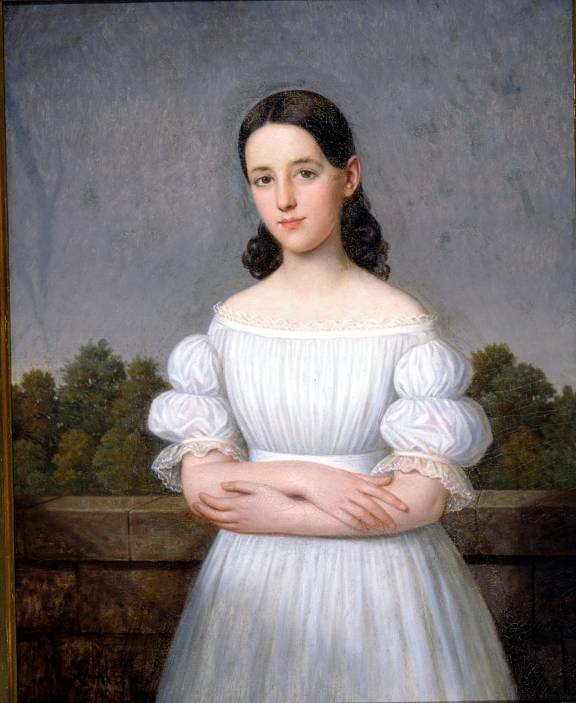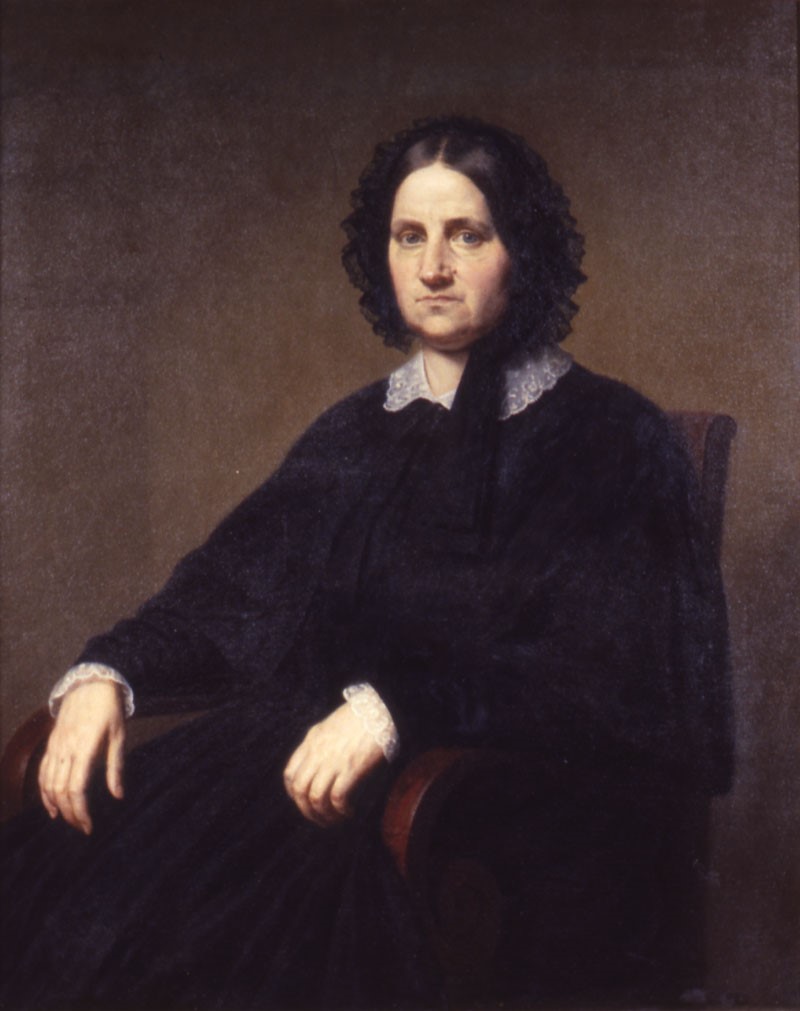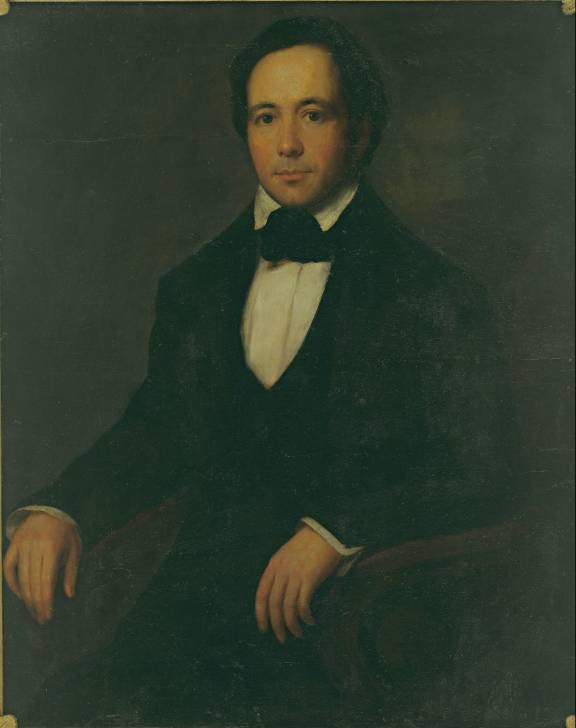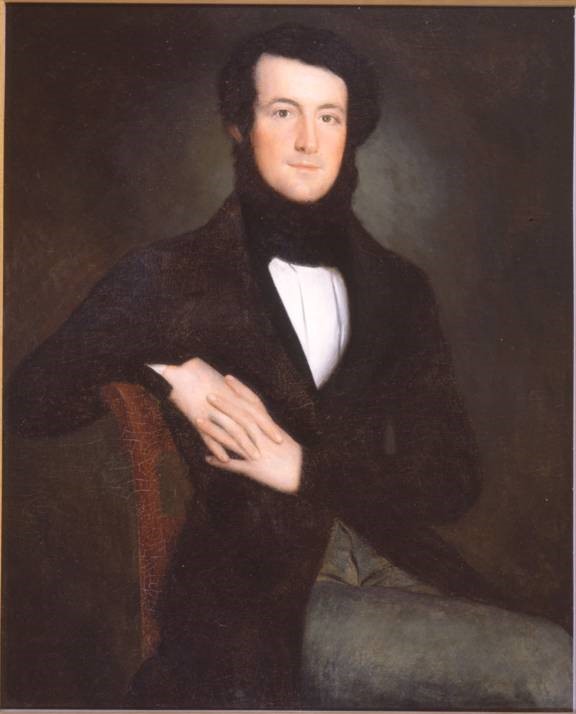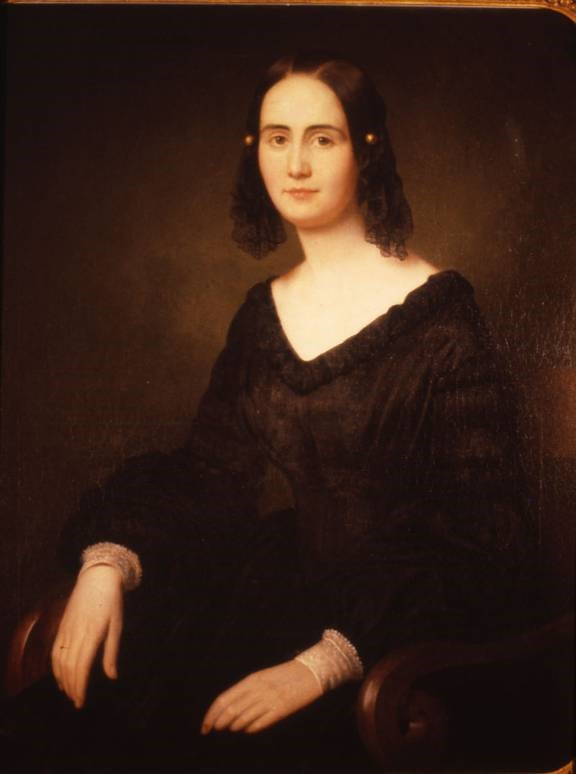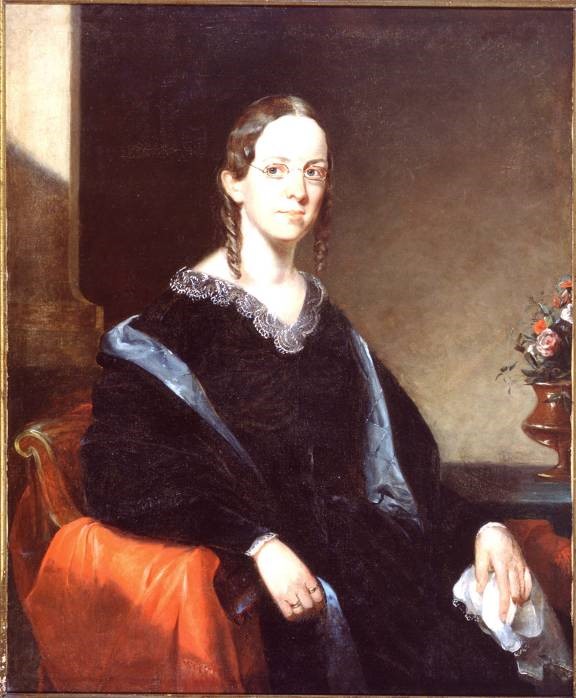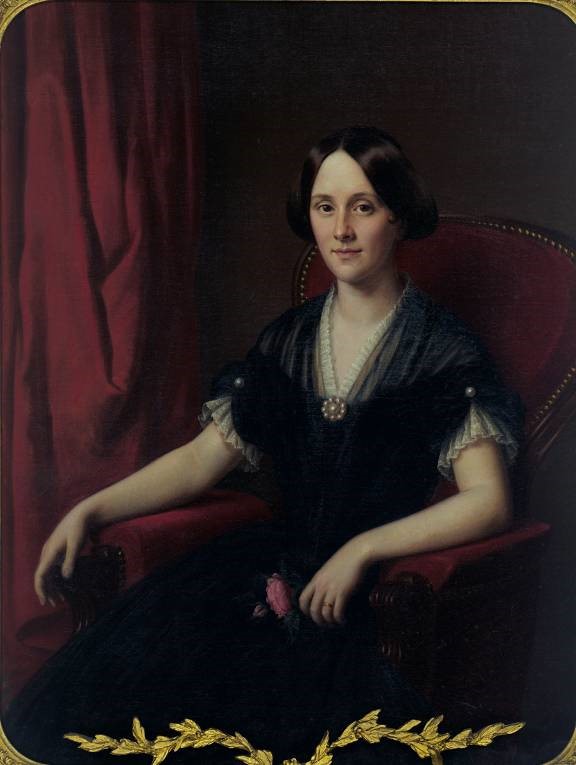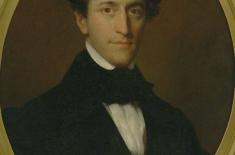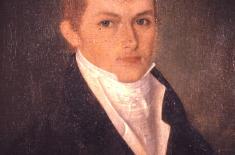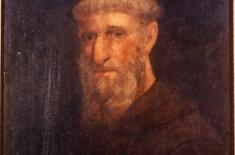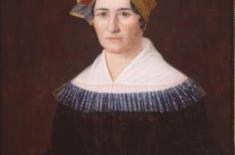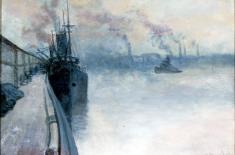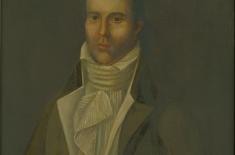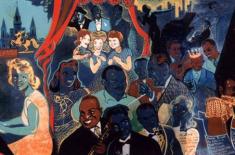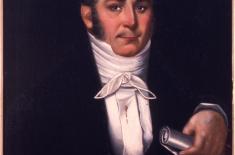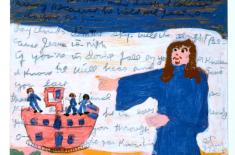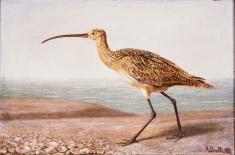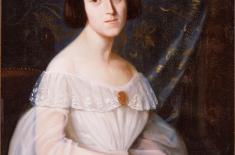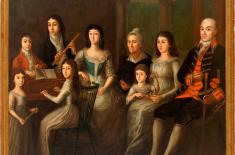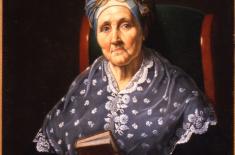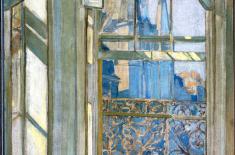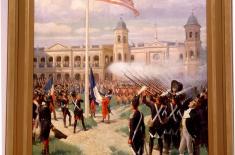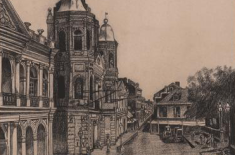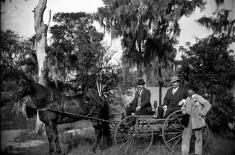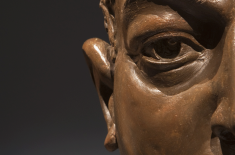Jacques Guilliaume Lucien Amans
French, 1801–1888
Amans' elegant neoclassical style of portrait painting appealed to French émigré and Creole plantation owners and merchants. He was active in New Orleans and along the River Road between 1836 and the mid-1850s. Amans was born in the city of Maastricht, then part of the French Republic. His father had been a captain in the French Cavalry and was awarded the Legion d'honneur. His mother, Thésèse Visschers, (1773–1856), was born in Maastricht. He probably studied in Paris, at the École des beaux-arts. He exhibited at the Salon between 1831 and 1837, and appears to have been a friend of Jean Joseph Vaudechamp (1790–1866). The two artists traveled from France to New Orleans on the same ship twice, in 1836 and 1837. Both had studios on Royal Street between St. Peter and Toulouse Streets.
Amans was the leading portraitist in Louisiana after 1837, despite serious competition from Aimable-Désiré Lansot (1799–1851) and Louis Nicolas Adolphe Rinck (1802–1895). On January 10, 1840, Amans wrote to Andrew Jackson requesting "Four sittings of an hour each," adding that General would not be burdened by "the necessity of interrupting your conversations with your friends and visitors." The resulting full-length painting was hung in the City Council Hall and awarded a $1,000 prize for "the best portrayal of the hero of 1815." The New Orleans Bee noted that "the general effect of the portrait is striking, simple and at the same time animated." He painted several versions of the composition and collaborated with Theodore S. Moise (1808-1885) on an equestrian portrait of the general.
Amans depicted many prominent citizens, including Hilary Breton Cenas, Florient Fortier, Sophronia Louise Claiborne de Marigny de Mandeville, Prudent Mallard, and his wife, Andrea. In 1844, Amans married Marguerite Azoline Landreaux, the daughter of a sugar planter in St. Charles Parish. He bought Trinity Plantation on the Bayou Lafourche as well as property in Bay St. Louis, Mississippi. Like Joseph Henry Bush (ca. 1796–1865) and William Garl Brown, Jr. (1823–1894), Amans capitalized on the sudden demand for portraits of Zachary Taylor after his presidential bid was announced in 1847. Amans traveled to Fashion, Taylor's plantation near Baton Rouge for sittings in 1848. In the mid-1850s, possibly foreseeing the growing sectional tensions and depressions of crop prices, Amans returned to France. He bought La Cour Levy, an estate near Versailles, and seems to have given up painting.

Antonio and Nina Meucci
Italian, fl. 1818–1834, and Spanish, fl. 1818–ca. 1830 (respectively)

